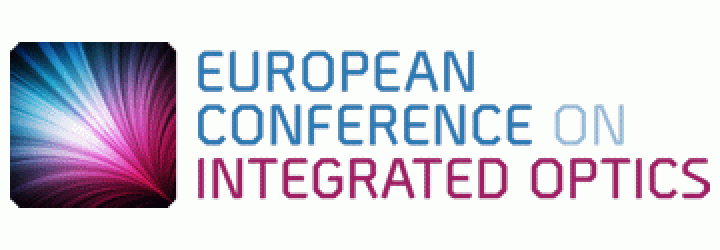Laser soldering for highest-accuracy passive bonding applications
Moritz SEYFRIED*, Andreas HOPFMUELLER, Torsten VAHRENKAMP
1ficonTEC Service GmbH, Rehland 8, 28832 Achim, Germany
* Moritz.Seyfried@ficontec.com
The actual state of the art in the field of light coupling into photonic integrated circuits (PICs) mostly is based on eutectic bonding of a III-V-light source onto the PIC followed by an active alignment of at least one optical component. During the active alignment the light source needs to be electrically contacted so that the optical power coupled into PIC can be monitored and used as alignment signal. Depending on the number of optical components in the final device (e.g. ball or spherical lenses, isolators…) this method requires, including the laser diode, at least the alignment of two or more elements. Each of this alignment steps needs a highly sophisticated and specially developed alignment and bonding machine which makes the assembly and packaging of PICs to one of the largest cost driver for the final device. Therefore a reduction in the number of assembled components is highly favourable and directly reduces the production and final product cost and hence is lowering the barriers for a market entry. In this paper we present a diode laser based assembly machine specially developed for highest accuracy passive bonding applications. The aim of this machine is to directly butt couple a laser diode into a waveguide by a passive Top-Bottom-View approach preventing the need of further optical elements.
Integratated IR detection modules
Maciej FIMIARZ*, Przemysław KALINOWSKI, Józef PIOTROWSKI, Waldemar GAWRON, Artur KĘBŁOWSKI, Dawid STĘPIEŃ, Jarosław PAWLUCZYK
Vigo System S. A. , Poznańska 129/133, Ożarów Mazowiecki, 05-850, Poland
* mfimiarz@vigo.com.pl
In this paper we present the results of the development of the techniques of integration the infrared detectors with the high speed front-end circuits. The integrated detector consists of: miniature uncooled LWIR/MWIR/SWIR fast detector [1,2], Peltier element and fast low noise transimpedance amplifier. The benefits of the integrated solution compared to the standard IR detection module:
High Fidelity Electron Beam Lithography for Photonic Devices
Martin KIRCHNER
Raith GmbH Dortmund, Germany
Electron beam lithography is a well-established method to define photonic elements. Waveguides, gratings and photonic crystals are important building blocks for many photonic devices. However the traditional way of electron beam lithography comes along with stitching errors reducing device performance. The presentation will review some innovative writing techniques, which help to write devices without stitching errors.
CEZAMAT – unique high-tech institution in R&D landscape in Poland
Romuald B. BECK
CEZAMAT, Poland
Centre for Advanced Materials and Technologies – CEZAMAT is a new R&D institution that aims at focusing on high-tech, interdisciplinary applied oriented research. Having gathered nine scientific institutions within the Consortium, it can carry on R&D works in various fields covering, among others: photonics, electronics, physics, chemistry, material science and bio-engineering in state-of-the-art laboratories. Managed in company like way, with special attention to repeatability and reliability, targeted on developing ideas to the highest possible level of Technology Readiness Level (TRL) CEZAMAT remains wide open for potential collaborations with research institutions and industry.
PICs in Terabit Networks
Marcin TOMKIEWICZ1, Jarosław KUCIO2
1FCA Sp. z o.o., Poland
2INFINERA, Poland
Infinera as a global leader in large-scale photonic integrated circuit technology has developed 500 Gb/s super-channel modules integrating over 600 optical functions within a pair of small fingernail-sized chips. Currently the PIC technology is being implemented in 1.2 Tb/s superchannels providing incomparable bandwidth for telecommunication and data center applications. The presentation, provided by FCA – the major Polish partner of Infinera company – will demonstrate key technology aspects and their impact on the latest DWDM implementations.

